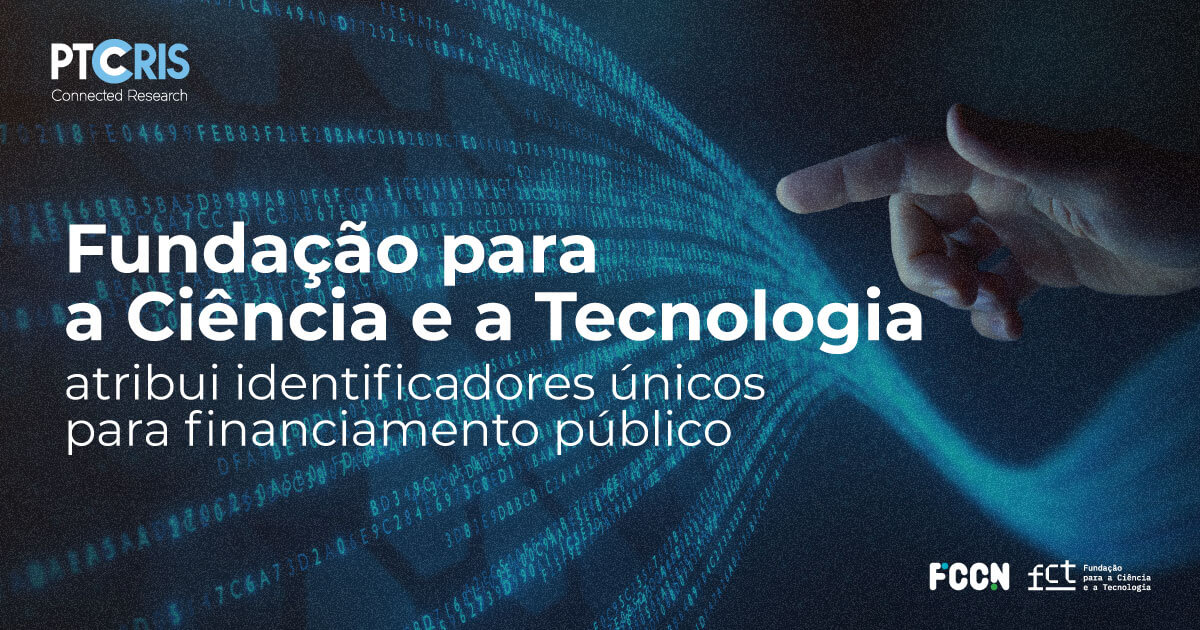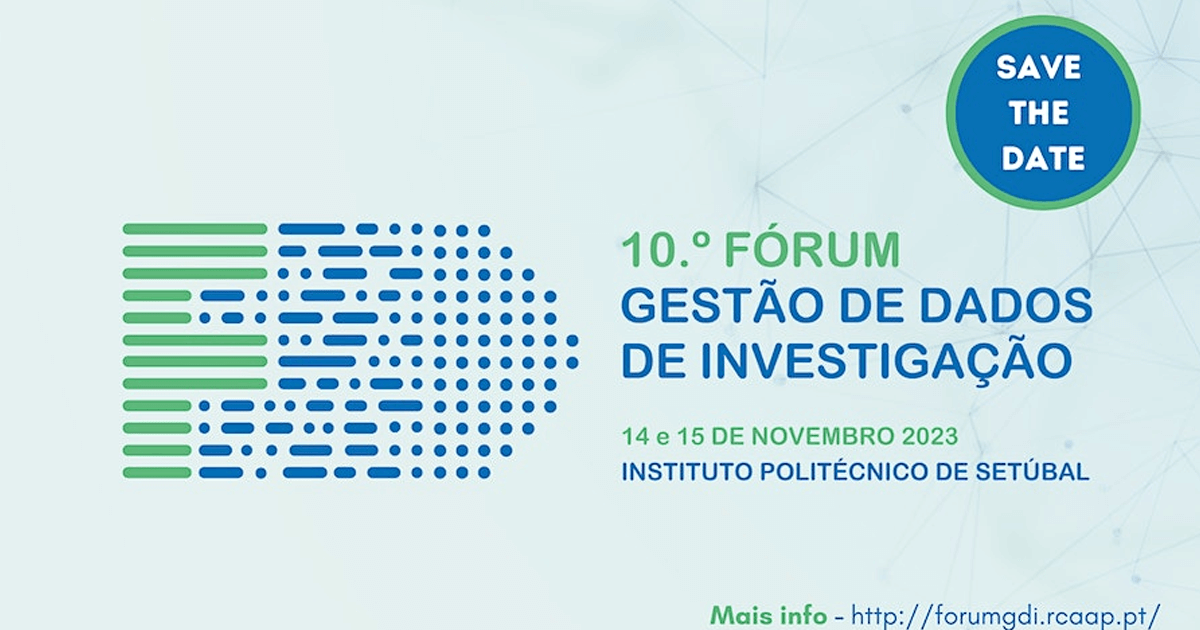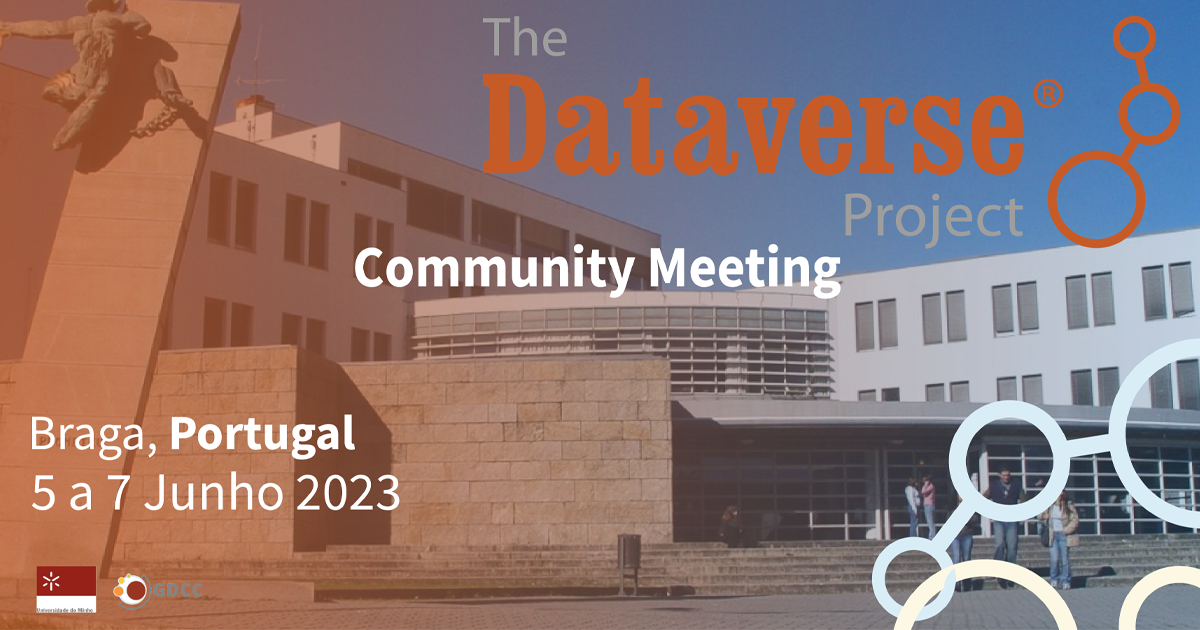Ao longo de 2022, a b-on – serviço da Unidade FCCN que garante acesso ilimitado a conhecimento científico – registou um crescimento no número de downloads e nas estatísticas referentes à publicação em acesso aberto.
Em março, assinalaram-se 19 anos passados desde a entrada em funcionamento da b-on – a Biblioteca do Conhecimento Online. Ao longo das duas últimas décadas, este serviço da Unidade FCCN tem disponibilizado acesso ilimitado e permanente às instituições de investigação e do ensino superior a textos integrais de milhares de periódicos científicos e ebooks online de alguns dos mais importantes fornecedores de conteúdos. Esta possibilidade é garantida através de assinaturas negociadas a nível nacional.
Durante o ano de 2022, a b-on assegurou este acesso a 64 instituições, que representam um universo total de 420 mil potenciais utilizadores. Ao longo do ano, um total de 19,5 milhões de downloads foram realizados, um valor que representa um aumento de 12,5% face ao ano anterior.
Por outro lado, 2022 foi o primeiro ano de um novo ciclo de contratos assinados pela b-on para fornecimento de conteúdos científicos. No total, os contratos assinados com 16 editores e fornecedores de conteúdos garantiram acesso a mais de 90.000 títulos, entre periódicos, atas de conferências e e-books.
E o acesso aberto?
A implementação de princípios e boas-práticas de acesso aberto tem sido uma das prioridades para a b-on. Nesse sentido, 13 dos contratos negociados pela b-on para o triénio 2022-2024 oferecem uma nova possibilidade aos autores das instituições aderentes: a possibilidade de publicar os seus artigos em acesso aberto nestes editores, ao abrigo daquilo a que se denominam acordos transformativos.
Em 2022, foram publicados 2120 artigos em acesso aberto ao abrigo destes acordos, com a grande maioria (94%) a ser publicada em revistas híbridas sem qualquer encargo para os autores. As restantes publicações foram realizadas em revistas de acesso aberto cujas taxas de publicação incluem descontos negociados pela b-on.
Destaque ainda para o facto de 96% dos artigos publicados ao abrigo destas condições terem sido produzidos por autores afiliados a instituições de ensino superior. De entre os restantes, 3% foram publicados por autores afiliados a instituições de Investigação & Desenvolvimento e 1% afiliados a instituições hospitalares.
Para saber mais sobre a b-on, visite: https://www.b-on.pt












